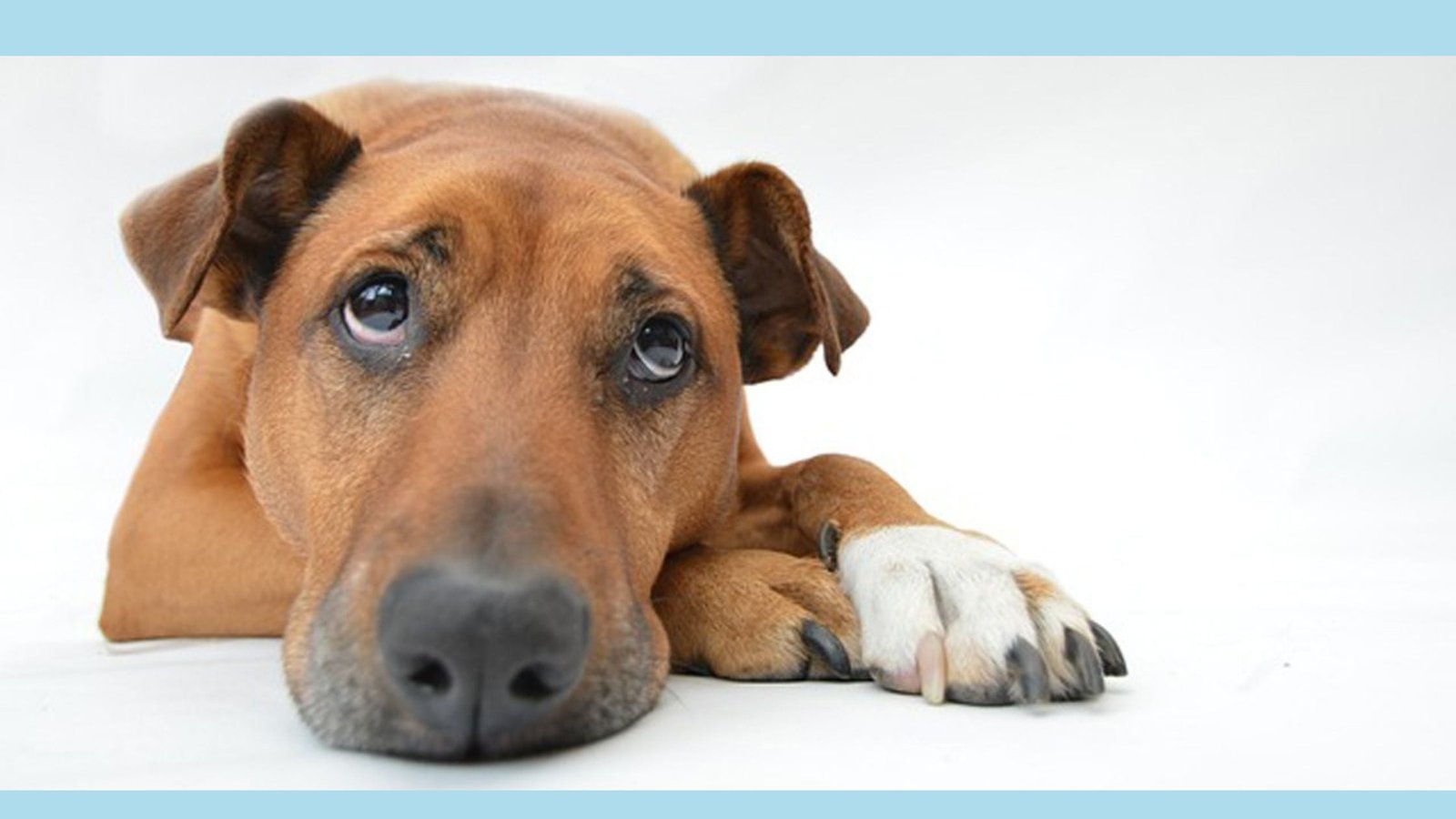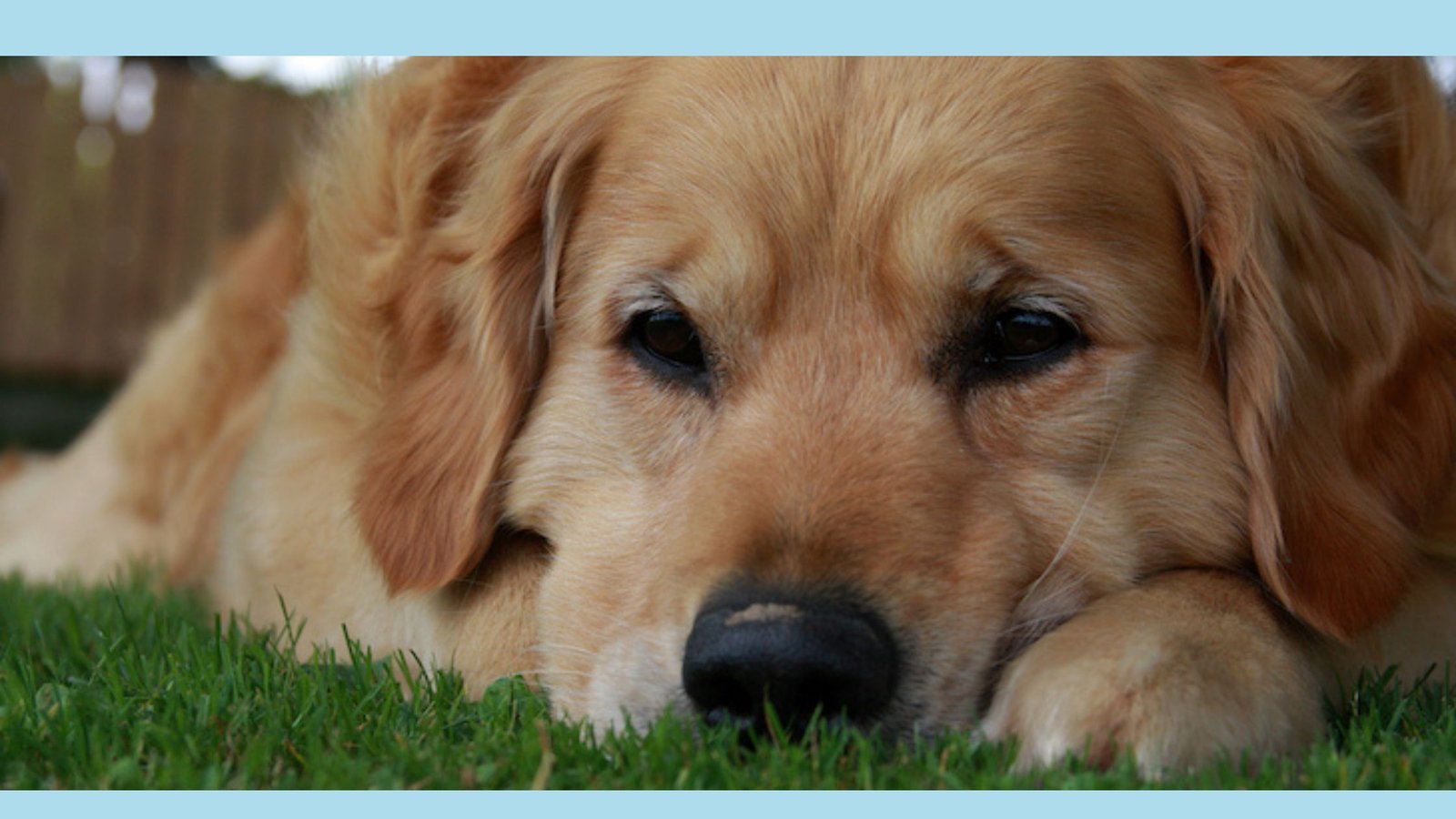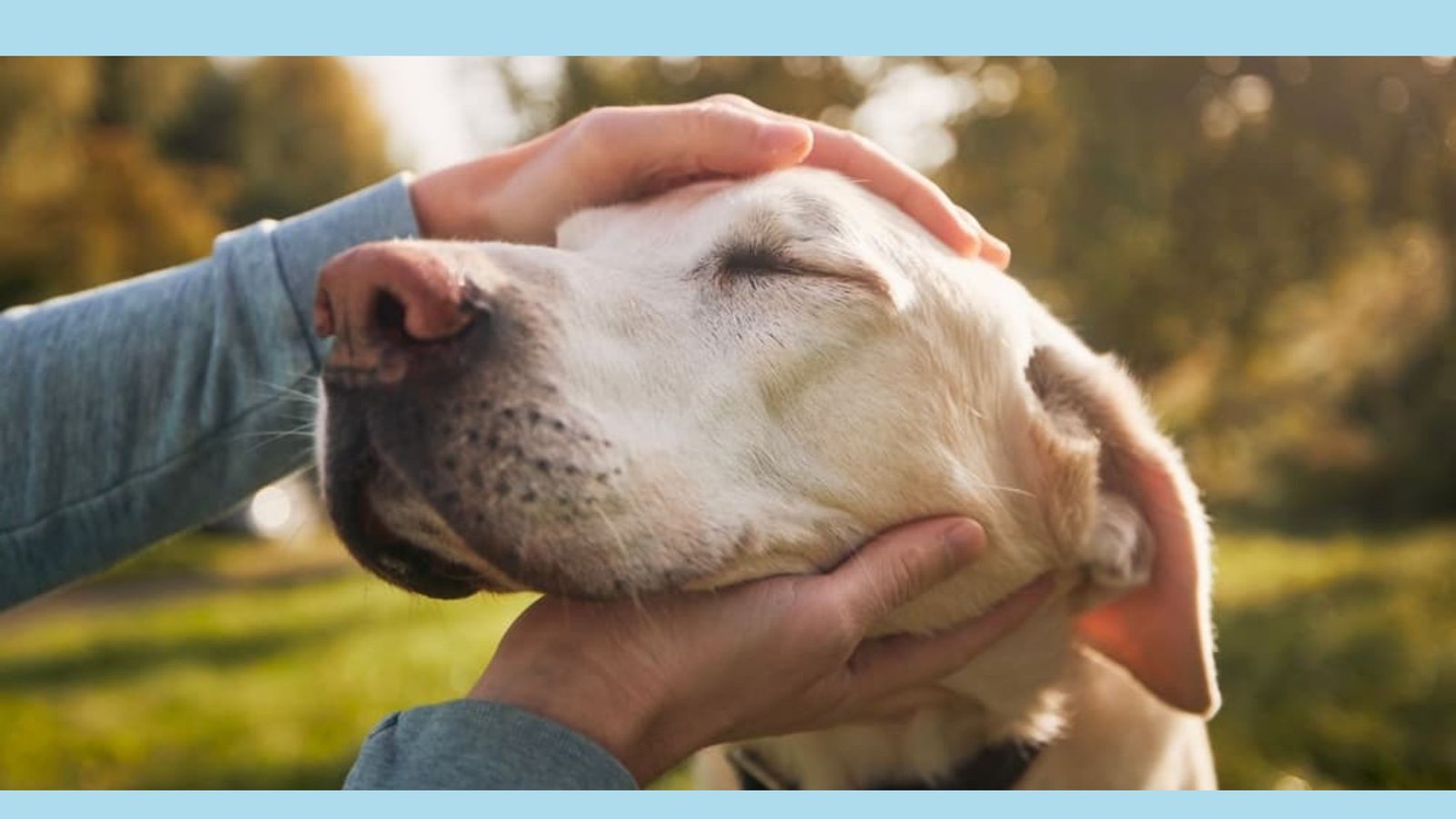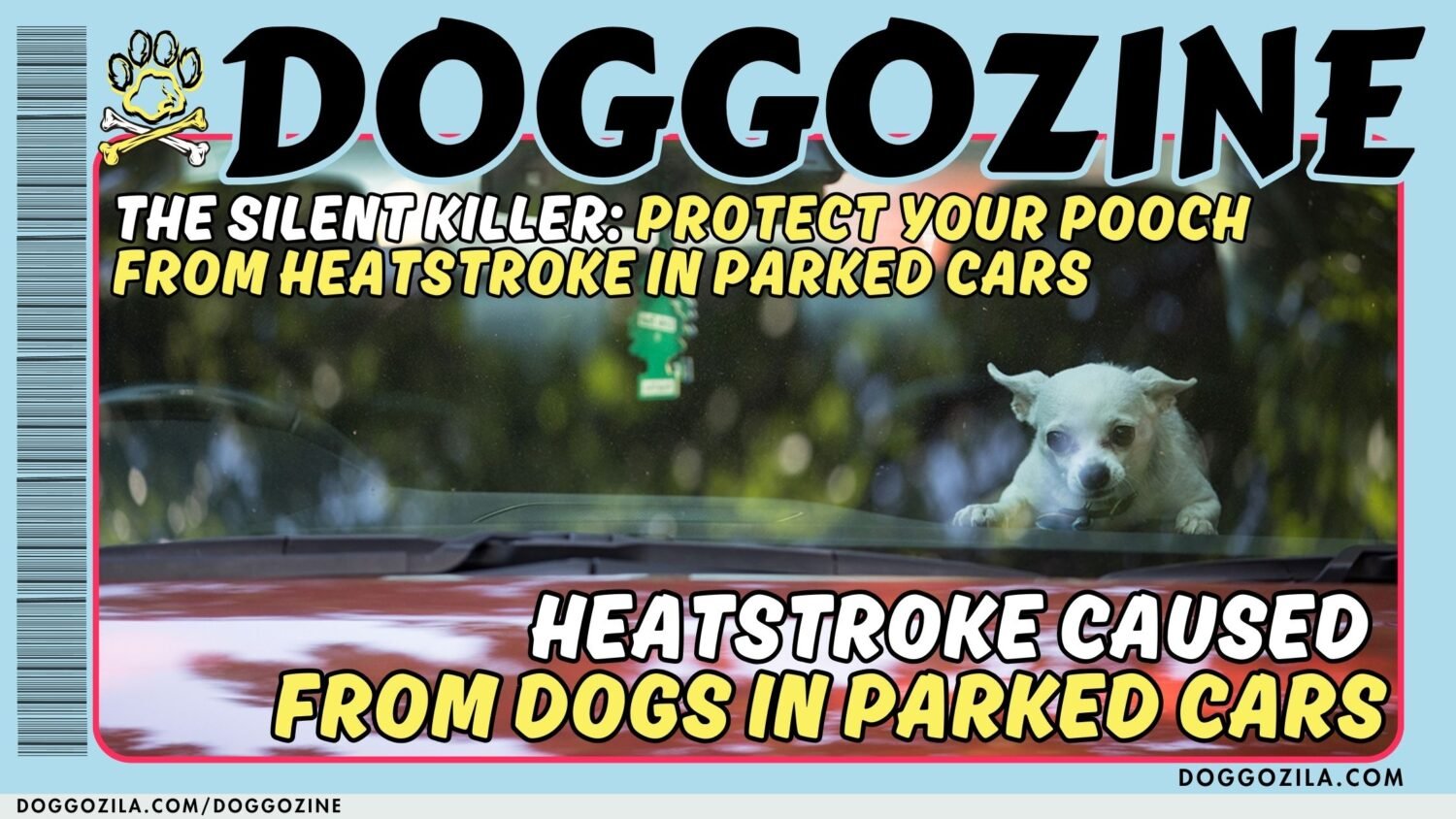
DO DOGS FEEL SADNESS AND GRIEVE?
UNDERSTANDING HOW DOGS COPE WITH LOSS
Feeling sad is something all humans experience when someone they care about dies or goes away. But it’s important to know that dogs do grieve when they lose a companion, whether it’s another pet or a human family member. In this article, we’ll learn how dogs react to these changes in their lives and how we can help them through this tough time.
Signs That a Dog is Feeling Sad
Just like us, dogs show different signs of sadness and grieve when they lose a companion. Each dog reacts differently based on their relationship with the one they lost.
Some common signs that a dog is feeling sad include:
- Eating less or more. A sad dog might not feel like eating, or might eat extra food to feel better.
- Seeming tired and withdrawn. Sad dogs often don’t want to play or do things they normally enjoy. They might seem low on energy.
- Sleeping problems. Dogs that grieve can have trouble sleeping through the night or might sleep more than usual.
- Barking or crying more. Some dogs bark, whine, or howl more when feeling sad, as a way to show their distress.
- Looking for their lost friend. Dogs may search their usual spots or wait by the door, hoping their companion will return.
- Loss of interest in social interactions: Dogs who grieve may show a decrease in their desire to interact with other animals or humans. – Changes in bathroom habits: Grieving dogs may have accidents indoors or display changes in their bathroom habits.
Understanding the Mourning Process in Dogs that Grieve
While dogs may not have the same cognitive abilities as humans, they still experience emotions, including grief. It is important to understand that the mourning process in dogs may differ from that of humans. Dogs live in the present moment and may not have the same concept of time or understanding of death as we do.
However, dogs are highly perceptive and can sense changes in their environment and the absence of a companion. They may experience a range of emotions, including sadness, confusion, and even depression. The intensity and duration of their grief may vary depending on factors such as the strength of the bond with the lost companion and the individual dog’s temperament. So, yes dogs do grieve!

SUPPORTING DOGS THAT GRIEVE
When a dog is grieving, it is crucial to provide them with the support and care they need during this challenging time.
Here are some ways you can help your grieving dog:
Stick to a Routine and Provide Comfort and Reassurance
Dogs thrive on routine, and maintaining a consistent schedule can provide them with a sense of stability during times of grief. Stick to regular feeding times, exercise routines, and bedtime rituals to help your dog feel more secure.
Offer your dog plenty of comfort and reassurance through gentle physical contact, such as petting and cuddling. Your presence and affection can help alleviate their distress and provide a sense of security. The dogs grieve could be so deep even bigger and harder than humans grief!
Engage in Gentle Exercise and Monitor Their Health
While a grieving dog may have a decrease in energy, engaging in gentle exercise can be beneficial. Take them for short walks or play gentle games to help release any pent-up emotions and provide a distraction from their grief.
Grief can have an impact on a dog’s physical health. Keep an eye out for any changes in their appetite, weight, or overall well-being. If you see any concerning symptoms, you should consult with your veterinarian for some guidance.
Keep Their Environment Familiar and Consider Professional Help
Avoid making any major changes to your dog’s environment during this time. Keeping their surroundings familiar and predictable can help them feel more secure and reduce any additional stress or anxiety.
If your dog’s grief persists or intensifies over an extended period, it may be beneficial to seek professional help. A veterinarian or a professional animal behaviorist can provide guidance and support tailored to your dog’s specific needs.
Helping Children Understand
If there are children in the household who are also grieving the loss of a companion, it is important to help them understand and cope with their emotions. Explain to them that dogs can experience grief just like humans and encourage them to be gentle and supportive towards the grieving dog. Teach them to respect the dog’s need for space and provide guidance on appropriate ways to interact with the dog during this time.
Losing someone we care about is hard. Dogs can also feel this way when a friend dies. We need to help our dogs through this tough time. By seeing how they act and giving them what they need, we can guide them through the sadness.

DO DOGS MISS OTHER DOGS?
Dogs show many feelings like joy and sadness. But can they really feel grief when a dog friend dies? We can’t ask them directly. But we can watch how they act to help understand if they do grieve.
Understanding Dogs That Grieve
Grief is feeling sadness and longing when we lose someone important. It’s hard to know if dogs feel grief exactly like humans. But there is proof they act differently when a dog friend dies. This could mean they are grieving.
One big sign is changes in behavior after losing a friend. Dogs may lose interest in food, seem tired, or avoid things they used to enjoy. These sad behaviors can last a long time. This shows the loss is impacting them.
Dogs miss their friends too. When a dog’s friend dies, they may act differently. They might sniff their friend’s things or look around the house. This means they know their buddy is gone and miss them.
Dogs Do Grieve Almost Like Humans
Dogs don’t grieve exactly like people. But there are similarities. Dogs form strong bonds with friends. When that bond breaks, dogs feel sad too. Like humans, they want comfort during sad times.
When grieving, dogs want to be with their humans more. They may cuddle or get close. This is like how people want loved ones near when grieving. It makes them feel better.
Dogs also seem to go through grief stages like people. Signs show they may deny it at first, get mad, want their friend back, feel down, then accept it. It’s hard to know for sure, but their actions suggest they process loss similarly.

HELPING A SAD DOGS THAT GRIEVE
If your dog lost a furry friend, you should support them.
Here are some ways to help a grieving dog:
- It’s good to keep doing the same things every day. Dogs feel better when their day is like normal. If a dog is sad because their friend dog died, doing the same thing every day can help.
- Spend more time with your dog. Give them a lot of love and hugs. This helps your dog feel safe and loved when they are sad.
- Let your dog do things they like. Take them for walks, play games, or do training. Doing fun things helps dogs forget they are sad for a little while. It makes them feel normal.
- Make a quiet, cozy place for your dog to rest. Let them go there when they want to be alone. This safe place helps sad dogs feel better.
- If your dog is still very sad for a long time, talk to the vet. The vet can help make your dog feel better again.
Dogs get sad when their dog friend dies. They look for their friend and want to be with their owners more. Dogs need us to help them when they are sad. Give them love and keep their day normal. This helps sad dogs get through their sadness.

HOW DOGS FEEL SADNESS AFTER LOSING LOVED ONES
Dogs are very social creatures. They form close bonds with their human family and animal friends. When a dog loses someone they care about, they go through a grieving process too. Understanding this process can help us better support our furry companions during their difficult time.
Dogs Have Deep Emotions
It’s important to know that dogs can feel many strong emotions. They experience happiness, fear, love, and even sadness and grief. Dogs become very attached to their pack members. When one of those close companions is no longer around, the dog feels that loss intensely.
Signs That a Dog Is Grieving
Dogs may show their grief in ways that look different from how humans mourn. But they still display clear signs of sadness. Different dogs might react in different ways.
Some common grieving behaviors include: Not eating much or refusing food. Having trouble sleeping or changes in sleep patterns. Seeming withdrawn and not interested in favorite activities. Whining, howling, or vocalizing more.
Searching the home and looking in usual spots, as if trying to find the missing companion. Dogs may act different when sad. They can get angry or clingy. But sick dogs may show the same signs. Ask a vet to check if your dog is healthy. Dogs feel deep sadness, so pay attention if they act strange.

HOW TO HELP SAD DOGS THAT GRIEVE
We can do things to help a dog who lost a friend:
Keep Things Normal, Love Them
Dogs like routines. Keep feeding, playing, and walking times the same. This makes them feel safe.
Give your dog lots of hugs and cuddles. Spend time doing things they like. This makes them less lonely.
Give Them Space, Exercise Gently
Have a cozy spot for your dog to rest alone. Let them be by themselves sometimes. This helps them handle sad feelings. Walking and playing burns energy. Do easy activities your dog enjoys. This lowers stress.
When a dog loses a companion, they may feel sadness. Their behavior may change. They may become quieter or less active. If your dog acts differently for a long time, you should talk to an animal doctor or behaviorist. They can help your dog feel better.

REMEMBERING AND HONORING THE COMPANION
It can be good to remember and honor the lost companion.
Here are some ways:
Create a Memorial, Share Stories and Help Others
Make a small memorial at home or in the garden for the lost companion. You can put up a photo, keep a special item, or plant a tree or flower. Talk about happy memories with the lost companion. This can make you and your dog feel better. Remembering the good times is comforting.
To honor the lost companion, you can help an animal shelter or rescue group. Volunteering, donating, or giving money helps other animals. Dogs are very social. They feel sad when a companion dies. Understanding their grief and supporting them helps. With love, routine, and remembering happy times, dogs can heal from their loss. You now know how to comfort a dog grieving a companion.




